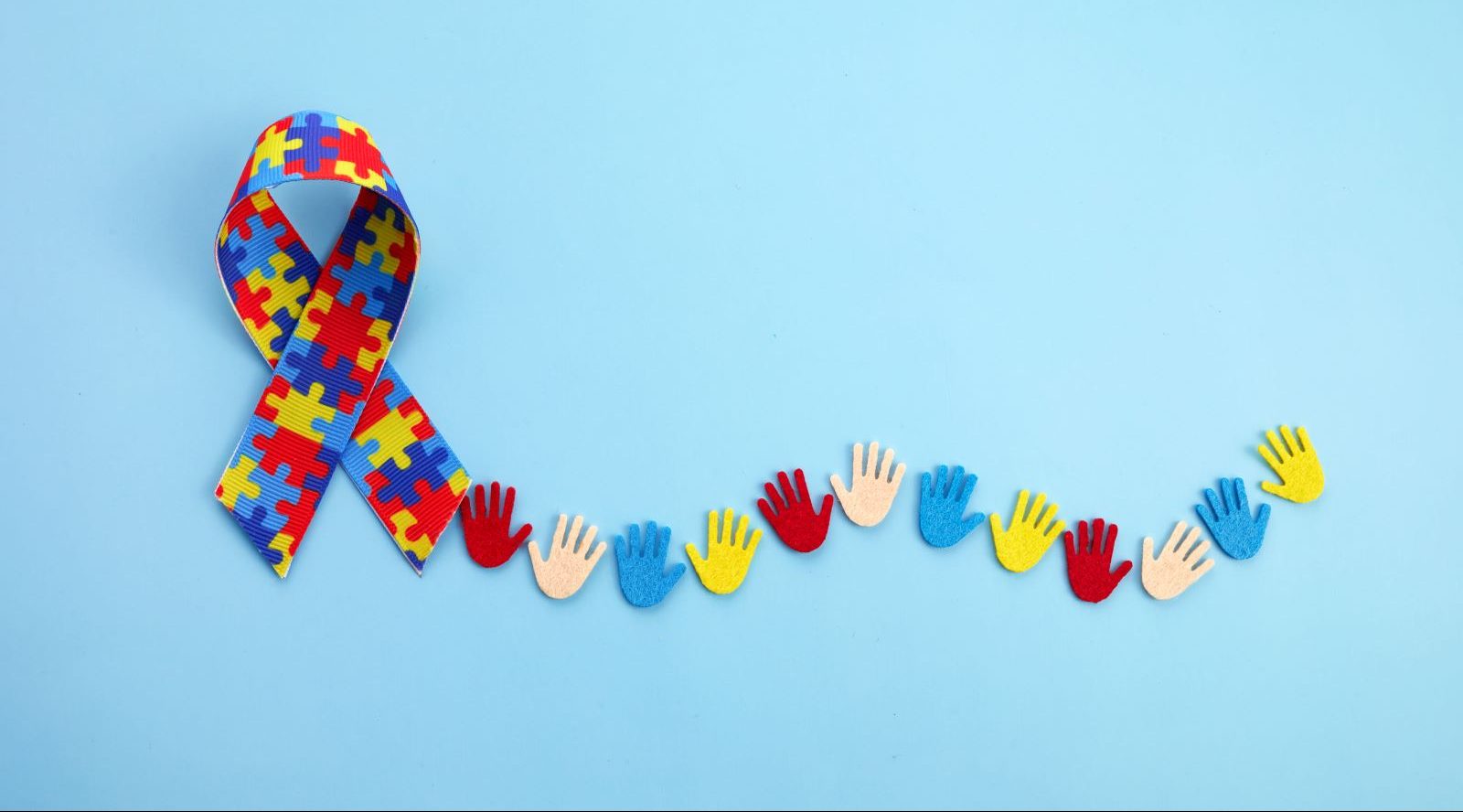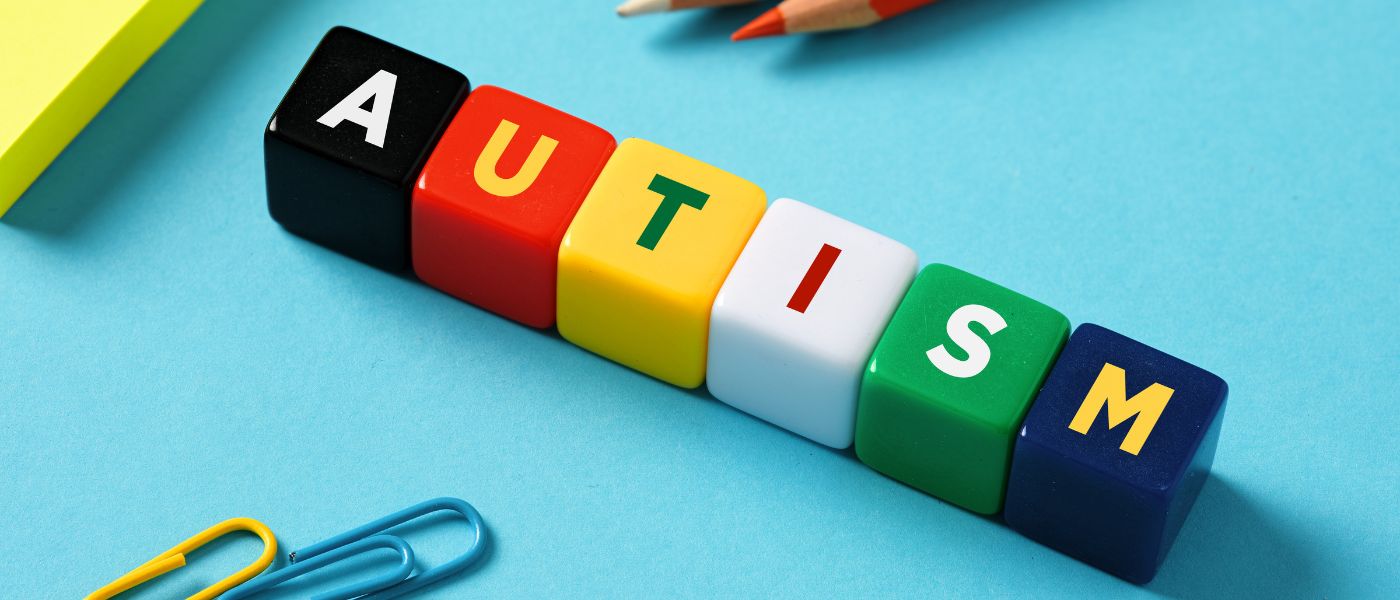The Role of Education in Supporting Trainees with Autism: Finest Practices
The Role of Education in Supporting Trainees with Autism: Finest Practices
Blog Article
Comprehending Autism: A Comprehensive Guide to Signs and indicators
Autism Spectrum Condition (ASD) includes a vast range of qualities that can substantially impact an individual's social communications and day-to-day performance. Recognizing these nuances not only aids caregivers and teachers in supplying appropriate support but likewise promotes a much more comprehensive setting for people with ASD.
Overview of Autism Range Problem
Specifying Autism Spectrum Condition (ASD) includes identifying it as an intricate neurodevelopmental problem identified by an array of obstacles in social communication, interaction, and behavior patterns. The term "range" reflects the wide variability in symptoms and their severity, which can differ considerably from one individual to another. ASD generally manifests in very early childhood, although some individuals might not receive a medical diagnosis till later on in life.
Factors affecting the growth of ASD consist of genetic predispositions and environmental factors, although the exact reasons stay under investigation. Diagnosis frequently depends on behavioral analyses, as there are no conclusive medical examinations for ASD. Early treatment is important and can considerably boost results, concentrating on improving communication abilities, social interactions, and flexible habits.
Individuals with ASD might also show special strengths, such as exceptional attention to information or particular locations of experience. Comprehending the multifaceted nature of ASD is necessary for promoting a comprehensive environment that suits neurodiversity. Continued study is crucial for creating reliable interventions and support group, enabling individuals with ASD to grow and accomplish their possible within society.
Usual Signs of Autism
Acknowledging the usual indications of Autism Range Disorder (ASD) is important for very early identification and treatment. These indications can differ widely in intensity and discussion, but specific features are frequently observed in individuals with ASD.
Among one of the most common indicators is a marked problem in developing and keeping eye get in touch with. People might also exhibit limited rate of interest in social interactions and show a preference for solitary play. Recurring behaviors, such as hand-flapping, rocking, or rotating things, frequently arise early in childhood years. Additionally, some kids might create rigorous regimens and become distressed if these routines are interrupted.
Sensory level of sensitivities are additionally usual; people might underreact or overreact to sensory stimulations, such as structures, sounds, or lights. autism. Language advancement can be atypical, with some kids exhibiting delayed speech or making use of language in uncommon methods, including echolalia-- repeating expressions or sentences heard elsewhere
It is important to note that not every person with ASD will certainly display all these signs, and the level of these habits can differ significantly. Early acknowledgment permits prompt assistance and resources, boosting the top quality of life for those on the spectrum.
Social Interaction Obstacles
Social communication obstacles are a characteristic of Autism Spectrum Problem (ASD), impacting a person's capability to engage properly with others. These problems can manifest in different ways, consisting of challenges in launching and preserving conversations, recognizing social cues, and reacting appropriately in social communications.
Individuals with ASD might battle with nonverbal interaction, such as eye call, faces, and body movement. This can result in misconceptions, as their communicative intent may not be properly interpreted by others. They may discover it difficult to comprehend the subtleties of tone and context, which are important for reliable communication.
In team setups, individuals with ASD might really feel overwhelmed and may not understand just how to join in conversations (autism). They might likewise why not look here show atypical conversational patterns, such as monologuing regarding details interests without acknowledging social reciprocity
In addition, these challenges can result in social seclusion his response or troubles in forming partnerships, as peers might misunderstand their behavior or communication style. Comprehending these social interaction obstacles is essential for promoting helpful settings that promote social skills advancement and boost the top quality of communications for people on the autism range.
Sensory Sensitivities and Reactions
Numerous people with Autism Range Condition (ASD) experience increased sensory sensitivities that can considerably impact their day-to-day lives. An individual with ASD may locate daily noises, such as a vacuum cleanser or crowded atmospheres, overwhelmingly traumatic, leading to anxiousness or crises.
Sensory processing distinctions in individuals with ASD can additionally impact their capacity to participate in regular tasks and social interactions. For instance, a kid that is sensitive to touch might withstand physical love or prevent certain garments fabrics. A preference for specific appearances or tastes can limit nutritional options and develop difficulties throughout nourishments.
Understanding these sensory sensitivities is essential for recognizing the distinct experiences of people with ASD. Awareness of their sensory profiles can foster much better interaction and support techniques, producing an atmosphere that suits their demands and boosts their high quality of life. Ultimately, recognizing sensory level of sensitivities is a crucial element of comprehending the wider spectrum of autism.

Supporting Individuals With Autism
Reliable support for people with Autism Spectrum Condition (ASD) is crucial for improving their total health click here to find out more and fostering self-reliance. Assistance strategies ought to be tailored to fulfill the unique needs of each person, considering their difficulties and toughness.

Social skills training can likewise play an essential duty. autism. Involving people in group activities or role-playing situations can boost their capacity to browse social communications. Additionally, it is important to inform member of the family, caretakers, and peers concerning ASD to cultivate a supportive and inclusive community
Conclusion
By promoting improved communication and social abilities, individuals with autism can navigate their environments extra efficiently. Eventually, enhanced awareness and support can dramatically improve the quality of life for those influenced by ASD.
Autism Range Disorder (ASD) incorporates a broad range of features that can considerably impact a person's social interactions and everyday performance.Individuals with ASD might have a hard time with nonverbal interaction, such as eye get in touch with, facial expressions, and body language.Lots of individuals with Autism Range Disorder (ASD) experience increased sensory level of sensitivities that can substantially impact their everyday lives.Sensory handling differences in people with ASD can likewise influence their ability to involve in social interactions and regular tasks.Understanding these sensory level of sensitivities is important for identifying the unique experiences of people with ASD.
Report this page